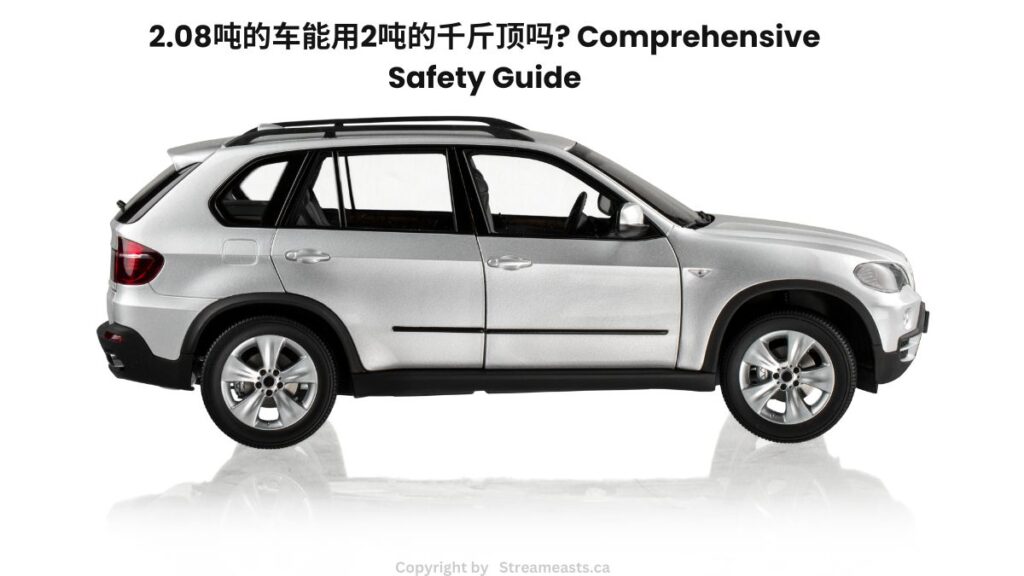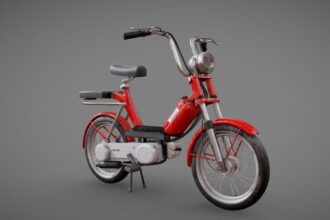Introduction to 2.08吨的车能用2吨的千斤顶吗
When it comes to car maintenance, having the right tools is essential. 2.08吨的车能用2吨的千斤顶吗 One of the most important tools in any vehicle owner’s arsenal is a reliable jack. But what happens when you’re faced with a 2.08-ton car and a 2-ton jack? Can they safely work together? This question isn’t just about numbers; it’s about ensuring your safety while tackling necessary repairs or routine tire changes.
Understanding weight limits can be confusing, especially if you’re not familiar with automotive equipment. In this guide, we’ll dive into the nuances of load capacity and explore whether your trusty 2-ton jack can handle that extra weight comfortably. So buckle up as we navigate through key considerations, potential dangers, and best practices for using jacks effectively!
Understanding weight limits and load capacity
Understanding the weight limits and load capacity of a jack is crucial for safe vehicle maintenance. Each car jack comes with a specific maximum weight it can lift, often indicated in tons.
For instance, a 2-ton jack is designed to support loads up to 4,000 pounds. If your vehicle weighs 2.08 tons (approximately 4,160 pounds), using this jack could be problematic.
Exceeding the recommended load can lead to mechanical failure or accidents while working underneath the car. It’s essential to always check both the weight of your vehicle and the specifications of your jack before proceeding with any lifting.
Remember that safety should never take a backseat when it comes to handling heavy machinery like jacks. A slight miscalculation in weight could have serious consequences during repairs or tire changes.
The danger of using incorrect jack for your vehicle
Using the wrong jack can lead to serious consequences. A car jack not rated for your vehicle’s weight may fail, causing the car to drop unexpectedly.
Imagine working underneath a lifted vehicle and suddenly hearing a loud creak. Panic sets in as you realize that the jack isn’t secure enough. This situation could result in severe injuries or worse.
Additionally, an improperly sized jack might not provide adequate stability during repairs. A wobbly lift increases the risk of accidents, making it vital to choose wisely.
Beyond personal safety, using an incorrect jack can also damage your vehicle. Misalignment from poor support may cause stress on suspension components or body panels.
Always prioritize safety and ensure you’re equipped with a suitable jack for your specific needs before tackling any maintenance tasks. Ignoring this crucial detail is simply not worth taking chances with your health or property.
2.08吨的车能用2吨的千斤顶吗
When it comes to lifting a 2.08-ton car, many wonder if a 2-ton jack is sufficient. On paper, it might seem like a close call. However, using equipment that doesn’t exceed the weight of your vehicle is crucial for safety.
A 2-ton jack can theoretically lift up to 4,000 pounds. Since a standard ton equals about 2,000 pounds, this means it should handle most cars comfortably under ideal conditions.
But weight isn’t the sole factor in ensuring safety while jacking up your vehicle. Conditions such as uneven surfaces or mechanical failure can lead to issues even with seemingly adequate equipment.
Always consider the entire load capacity and how you plan to use the jack on your specific model. Evaluating these factors carefully will help you make informed decisions regarding tools for maintenance or repairs on any vehicle.
Factors to consider when choosing a car jack
When selecting a car jack, the lift height is crucial. Ensure it can raise your vehicle high enough for tire changes or repairs without straining.
Consider the weight capacity next. A jack must exceed your vehicle’s weight for optimal safety. For instance, if you have a 2.08-ton car, choose a jack rated above this figure to avoid potential hazards.
Portability matters too. If you need to move the jack frequently, look for lightweight and compact options that are easy to store and transport.
Material quality affects durability as well. Steel jacks tend to be sturdier but heavier than those made of aluminum. Evaluate which material suits your needs best.
Examine ease of use features like handle length and stability during operation. These elements contribute significantly to user experience while ensuring safety throughout the process.
Safety tips for using car jacks
Using a car jack requires careful attention to safety. Always ensure you’re on level ground before starting your work. Uneven surfaces can lead to instability.
Before lifting, inspect the jack for any signs of wear or damage. A faulty jack is a recipe for disaster.
Always use wheel chocks to prevent your vehicle from rolling while it’s elevated. This small step can save you from serious accidents.
When jacking up the vehicle, keep your body clear of the path under the car. If something goes wrong, injuries could occur quickly.
Never crawl under a car supported only by a jack; always employ jack stands for extra stability when working underneath.
Make sure that everyone around knows you’re using a jack and maintain focus on the task at hand without distractions. Safety first!
Alternatives to traditional car jacks
If you’re looking for alternatives to traditional car jacks, several options can make your vehicle maintenance safer and easier.
One option is a hydraulic floor jack. These jacks offer more stability and higher lifting capacity, making them ideal for heavier vehicles. Their design allows for smooth operation under loads.
Another alternative is a scissor jack. Lightweight and compact, these jacks are perfect for emergency situations when you need to change a tire quickly.
For those who want convenience, consider using ramps or wheel lifts. They provide solid support while allowing you to drive the car onto them easily.
Additionally, portable electric jacks have gained popularity in recent years. These battery-operated devices lift your vehicle with minimal effort—great for anyone who prefers not to crank by hand.
Each of these options has distinct advantages that cater to various needs and preferences in automotive care.
Conclusion
Choosing the right jack for your vehicle is crucial. Using a 2-ton jack for a car weighing 2.08 tons may seem like a close fit, but safety should always come first.
Consider the possibility of exceeding weight limits. A small margin can lead to serious consequences if the equipment fails.
Always prioritize quality and reliability over convenience. Investing in an appropriate lifting device ensures peace of mind during maintenance tasks.
Remember that safety gear and proper techniques are essential when working under a lifted vehicle. Take time to familiarize yourself with your tools.
Keep informed about alternatives available in the market too, as innovations continue to emerge regularly.
Awareness and preparation go hand-in-hand when dealing with automotive repairs or tire changes. Stay safe while enhancing your skills on car maintenance!
FAQs
Q: 2.08吨的车能用2吨的千斤顶吗?
A: Yes, it can. However, you should always be cautious about the weight and stability of your vehicle when using any jack.
Q: What happens if you exceed the load limit of a car jack?
A: Exceeding the load limit can result in failure of the jack, which may cause serious accidents or injuries while working on your vehicle.
Q: Are there different types of car jacks I should consider?
A: Absolutely! There are several types such as hydraulic jacks, scissor jacks, and bottle jacks. Each has its own advantages depending on your needs.
Q: How often should I inspect my car jack for safety?
A: Regular inspections are recommended every few months or before heavy use to ensure it’s functioning correctly and safely.
Q: Is it safe to use an extension under my car while it’s lifted with a jack?
A: Using extensions is not advisable unless they are specifically designed for that purpose. Always prioritize safety by following manufacturer guidelines.
Q: What is the best practice when lifting a vehicle with a jack?
A: Always make sure you’re on level ground. Use wheel chocks for added security and never place any part of your body underneath the vehicle without proper support like jack stands.

















